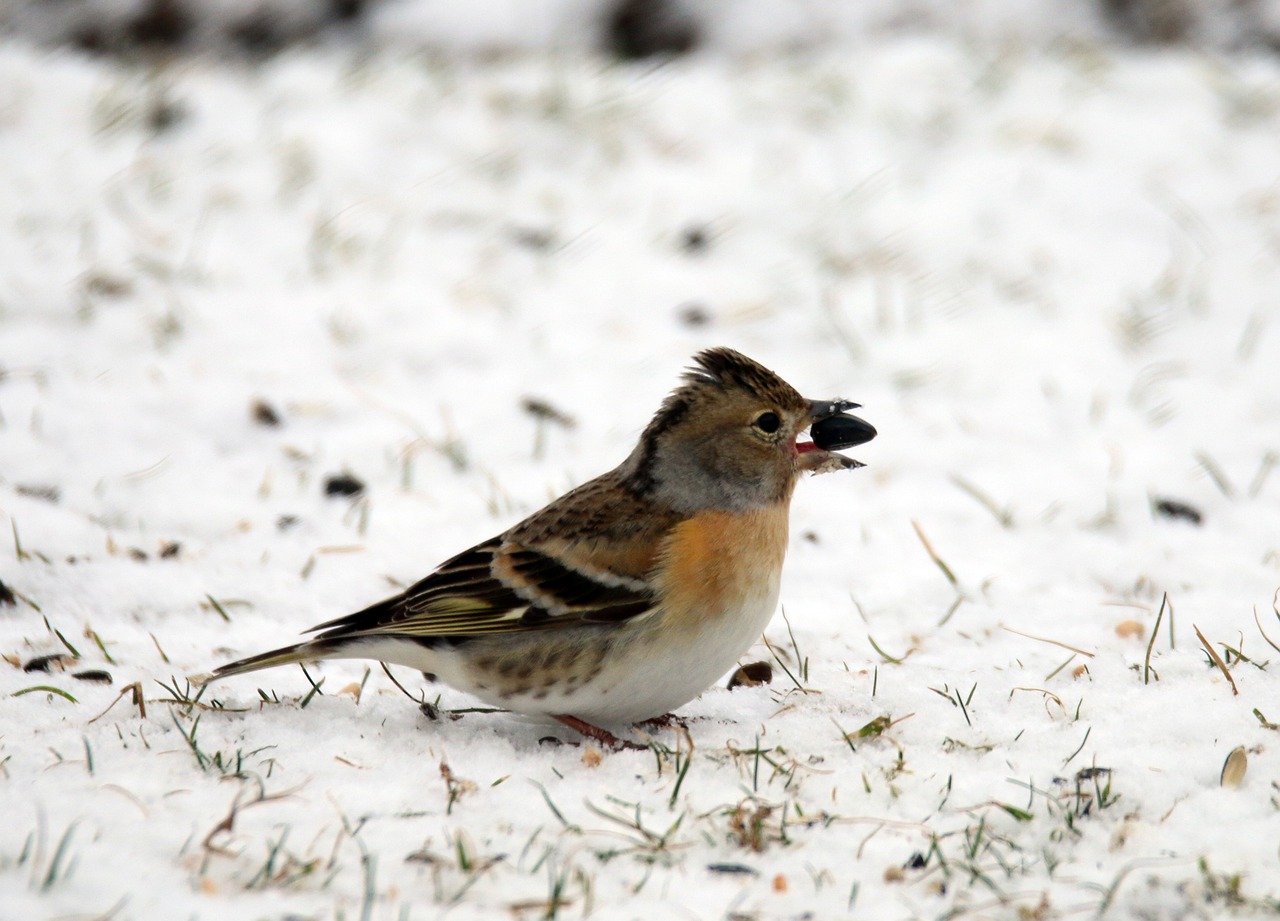Male aggressiveness and the possible occurrence of group territoriality in the Brambling Fringilla montifringilla
DOI:
https://doi.org/10.34080/os.v9.22918Keywords:
breeding biology, predation, predator-prey interaction, intraspecific competition, appearance, communal breedingAbstract
Bramblings are nomadic birds with an interesting breeding ecology. Their nests are often aggregated in groups of two to eight nests. Such aggregated nesting may indicate the existence of group territories, probably formed for anti-predatory purposes. The male Bramblings show much variation in colour pattern during the breeding season, with individuals ranging from completely black-hooded to virtually female-like grey-hooded. The colour pattern is probably age dependent, but may also be correlated with social status. The present study of breeding Bramblings was performed during the summer 1998 at Ammarnäs, County of Västerbotten, Sweden. We simulated an intrusion in the breeding territory, using an artificial intruder (a decoy) and a tape recorder with Brambling song, to find evidence for the group territory hypothesis and to investigate the possible correlation between male plumage pattern and aggressiveness. Only intermediate males (type 2) and black-hooded males (type 1) (i.e. no female-like males), were observed during experiments at 13 nests. The type 2 males were slightly more active and aggressive towards the intruder-decoy (an intermediate male), when tested close to the nest, than were the type 1 males. The decoy was never attacked by more than one male at a time, but there were more than one male present in 77% of the experiments, which does not exclude the possibility for the existence of a group territory.
Downloads

Downloads
Published
How to Cite
Issue
Section
License
The copyright of each contribution belongs to the author(s), but all contributions are published under a Creative Commons license, so that anyone is free to share and reuse the contribution as long as the copyright holder is attributed.







